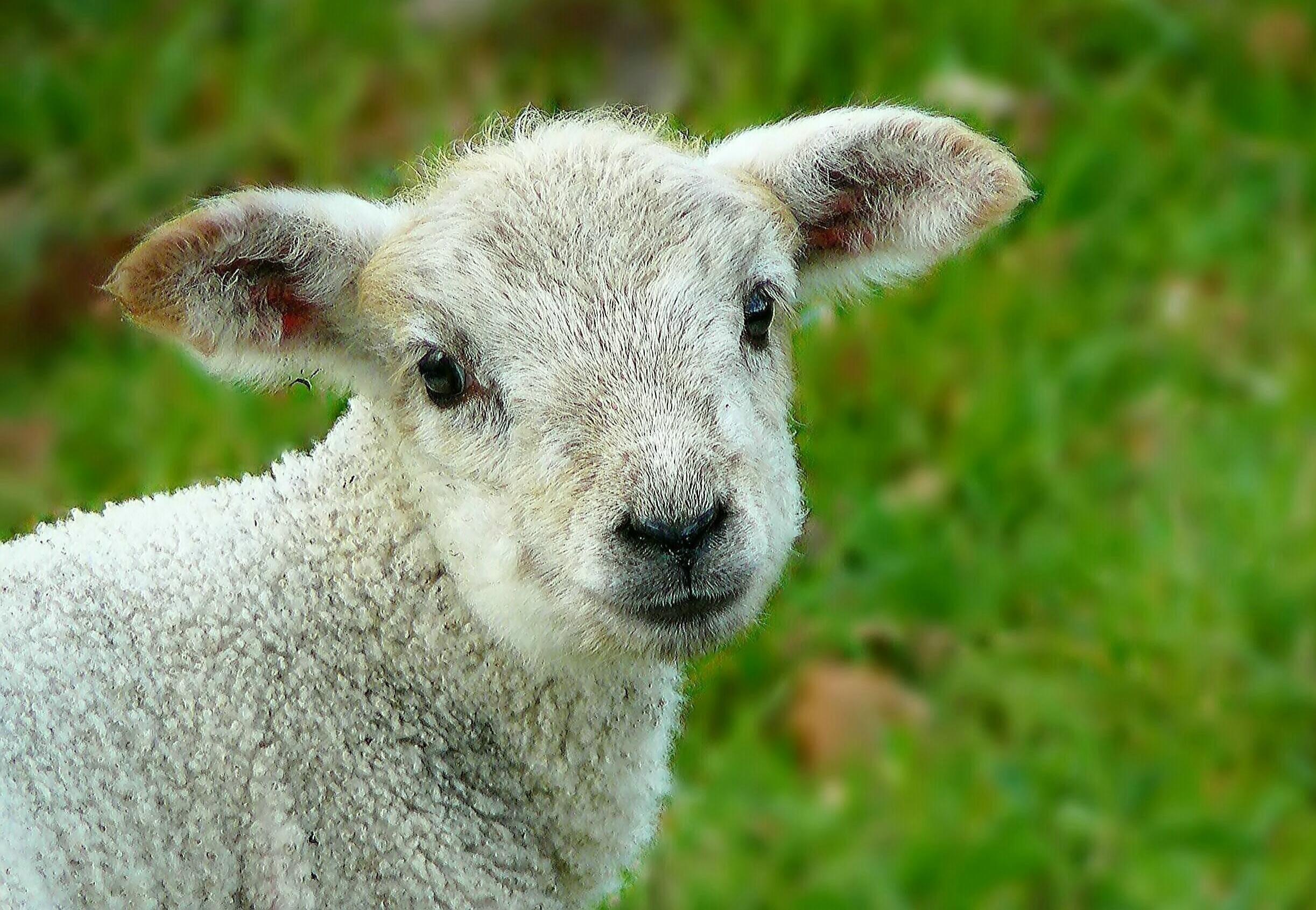In the world of agriculture and animal husbandry, understanding the terminology associated with various livestock is crucial. One such term that often piques curiosity is what a young sheep is called. This simple yet profound question opens the door to a fascinating exploration of sheep, their lifecycle, and their roles in farming and culture. Sheep have been companions to humans for thousands of years, serving not only as a source of food but also as symbols of pastoral life. As we delve deeper into the lifecycle of these gentle animals, we uncover terms and definitions that enrich our understanding of their world.
When we refer to a young sheep, many may not realize that there is specific terminology that distinguishes it from its adult counterparts. This distinction is important for farmers, veterinarians, and those who simply admire these creatures. Understanding these terms can lead to a greater appreciation of sheep and their significance in agriculture, as well as in various cultural narratives across the globe.
As we embark on this exploration, we will answer common questions about young sheep, their characteristics, and their importance in both farming and cultural contexts. Whether you're a seasoned farmer or someone new to the realm of sheep farming, this guide will provide valuable insights into the fascinating world of young sheep.
What is a Young Sheep Called?
The term used to describe a young sheep is "lamb." This term applies to sheep that are less than one year old. Lambs are known for their soft wool and playful nature, making them a favorite among farm visitors and children. The term "lamb" is not only a descriptor of age but also signifies certain qualities associated with youth and innocence.
Why is the Term 'Lamb' Significant?
The significance of the term 'lamb' goes beyond its simple definition. In many cultures, lambs are associated with purity, innocence, and renewal. This symbolism is evident in various religious contexts, where lambs are often featured in stories and rituals. For instance, in Christianity, the lamb is a symbol of Jesus Christ, representing sacrifice and redemption.
Are There Different Types of Lambs?
Yes, there are various types of lambs, categorized primarily based on their breed and age. Some common types include:
- Spring Lambs: These lambs are born in the spring and are typically available for sale in late spring or early summer.
- Fall Lambs: Born in the fall, these lambs are usually raised for meat and are available in the winter months.
- Market Lambs: These are lambs specifically raised for sale in markets, often reaching a certain weight and size by a specific age.
What Do Young Sheep Eat?
Young sheep, or lambs, have specific dietary needs that differ from adult sheep. Their diet is crucial for proper growth and development. A balanced diet for a lamb typically includes:
- High-quality hay: Provides essential fiber.
- Grains: Such as corn or barley, to promote weight gain.
- Minerals and vitamins: To ensure they receive adequate nutrients, particularly calcium and phosphorus.
How Do Farmers Care for Young Sheep?
Caring for young sheep involves several essential practices to ensure their health and wellbeing. Farmers typically focus on:
- Providing Shelter: Protecting lambs from harsh weather conditions.
- Regular Health Checks: Monitoring for common diseases and ensuring vaccinations are up to date.
- Socialization: Allowing lambs to interact with other sheep fosters a healthy social environment.
What is the Lifespan of a Sheep?
The lifespan of a sheep can vary based on breed and living conditions, but on average, they can live for about 10 to 12 years. However, with proper care, some sheep can live even longer. Understanding the expected lifespan can help farmers plan for the long-term management of their flock, including breeding and health care practices.
What Role Do Young Sheep Play in Agriculture?
Young sheep are vital to the agricultural economy. They are raised for various purposes, including:
- Meat Production: Lamb is a popular meat choice in many cultures.
- Wool Production: Young sheep produce fine wool, especially certain breeds known for their high-quality fleece.
- Breeding: Farmers often raise lambs for future breeding stock, ensuring the continuation of desirable traits in their flocks.
What Are Common Myths About Young Sheep?
Several misconceptions surround young sheep, particularly lambs. Some of the most common myths include:
- All lambs are white: While many breeds are white, lambs can come in various colors, including black and brown.
- Lambs are weak: In reality, lambs are quite resilient and can thrive in various environments with proper care.
- Sheep are unintelligent: Sheep are social animals with good memories and can recognize faces, both of humans and other sheep.
How Can We Support Young Sheep?
Supporting young sheep goes beyond farming practices; it involves promoting awareness and education about their importance. Here are a few ways to support young sheep:
- Educate Others: Share knowledge about sheep farming and the roles lambs play in agriculture.
- Support Local Farms: Purchase lamb and wool products from local farmers.
- Advocate for Animal Welfare: Promote humane treatment and practices in sheep farming.
In conclusion, the term "young sheep is called" lamb not only describes an age category but also encapsulates a rich tapestry of cultural, agricultural, and social significance. As we learn more about lambs, we gain a deeper appreciation for their roles in our lives and the environment. From their playful nature to their contributions to agriculture, young sheep are indeed remarkable creatures worthy of admiration and respect.
Unveiling Amara La Negra’s Net Worth: A Multifaceted Journey Of Success
Exploring The Life And Legacy Of Pookie Loc
Has Nikocado Lost Weight In 2024? A Deep Dive Into His Journey



ncG1vNJzZmiqn5i4o77InZ6emqKqtq%2B%2FjaipoGedpMVwxc6upaBlo52ypryMoqpmm5GhuaawjaGrpqQ%3D
